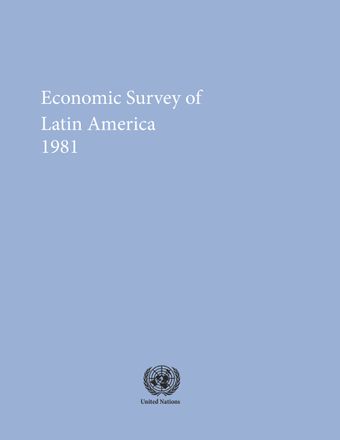Costa Rica

- Author: Economic Commission for Latin America and the Caribbean
- Main Title: Economic Survey of Latin America 1981 , pp 247-292
- Publication Date: December 1981
- DOI: https://doi.org/10.18356/164ecf3a-en
- Language: English
During the long period which began at the end of the Second World War and ended with the second petroleum crisis, the Costa Rican economy was one of the most dynamic and stable in Latin America. Up to the first petroleum crisis, this country in fact led the region in economic growth. After that, it still occupied a privileged position until 1979, when a series of imbalances began to check the expansion of the product and threatened to set off a sharp inflationary process. The following year, the level of activity stagnated, and in 1981 the main macroeconomic variables deteriorated to such a point that the economy underwent its worse crisis in four or five decades. Thus, the gross domestic product declined for the first time in two decades and for only the third time since national accounts have been prepared for the country. The drop of 3.6% in 1981 was well in excess of those recorded previously (in 1956 and 1961 ), and it would be necessary to go back to the beginning of the Second World War to encounter a greater decline. The 10.5 % decreased in the gross national income and the 13% drop in domestic demand were by far the biggest slumps on record, while the reduction in consumption was unprecedented. The same might be said of the employment situation, since never had a rate of unemployment as high as the one recorded for 1981 been measured.
-
From This Site
/content/books/9789210583312s002-c009dcterms_title,dcterms_subject,pub_keyword-contentType:Journal -contentType:Contributor -contentType:Concept -contentType:Institution105



